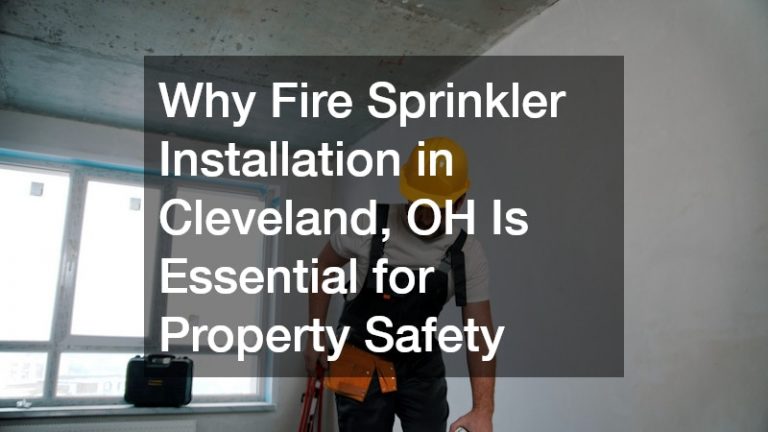
Today, construction involves many advanced tools, materials, and techniques for creating anything for a building or home under construction, and like with any other project, safety and good sense should always be observed to protect workers from on-site hazards during a project. Aside from hazards such as fire or falling, the lungs, eyes, nose, and mouth are vulnerable to dust, particles, gases, and tiny flying debris on the construction site, so proper safety gear and proper use of tools and equipment should always be in place. Floor protection, similarly, can prevent dust, paints, and other materials from coating a building’s tiles or carpet during construction, and window shields will protect window glass and frames from paint and other substances during work. Corrugated cardboard can also act as a safe barrier against contamination or spills from particles and liquid.
Hazards of the Workplace
Unfortunately, the workplace has many hazards for today’s worker, and health issues sometimes arise. In fact, lung diseases are the most common occupational-associated illness in the United States, based on their severity and frequency. The National center for Biotechnology Information release a study in 2017 that showed that 51.8% of construction workers had been diagnosed with moderate pulmonary restriction, and in 4.70% of cases, the illness was classified as obstructive, posing a great health hazard. Even completed buildings can be a safety hazard, long after construction is done; a building’s HVAC system may circulate contaminants like dander, dust, and chemicals up to five or seven times each day, meaning that over time, a buildup accumulates in the dust work, and this may harm the health of anyone in that building.
Construction workers face other contaminants such as plaster dust, fine sawdust, primer and glue fumes, silica particles, exhaust from vehicles and equipment, and dust during work on the project site. This leads to serious rates of lung ailments, and this can put workers out of work if they are exposed to such contaminants without proper safety gear. What can be one when construction dust control becomes an issue?
Lung Protection
The right equipment can be used to prevent dust, powders, fumes, paint, and more from entering a worker’s lungs and eyes, and the building itself can and should be protected from these materials. For the worker, simple safety goggles can be put in place to keep any airborne particles from reaching the eyes, and the same can be said about fumes that would irritate one’s eyeballs. For the mouth and nose, a surgical mask can be worn that filters out such particles, although if the particles are very fine, or if fumes are involved, instead the worker may wear a proper gas mask that covers the whole face, and it can either have high quality filters or have its own air supply. Even a full body suit may be worn if the fumes are hazardous enough that any bare skin is under threat.
The workplace itself should be protected. Paper or plastic sheets can be spread over the floor to keep paint, primer, glue, and powders off of it, since such materials may be difficult to remove otherwise, or even impossible to get rid of. Finished, sensitive surfaces should be similarly covered, and corrugated cardboard is a strong option, given how corrugated cardboard is lightweight, does not easily leak, and is cheaply obtained. And with its fluted insides, corrugated cardboard can endure a fair amount of weight, so cans of paint or primer may be placed upon it while the corrugated cardboard catches paint, powder, and glue that would otherwise harm a surface. Protection paper can serve a similar purpose, and might be used as a window shield to protect glass. Carpet, too, will need protection during the later stages of a construction job or whenever a completed building is being worked on, such as when a home or office building is being renovated. Here too, corrugated cardboard, paper, or tarps can protect finished surfaces, carpet, and furniture and appliances from workplace materials. Carpets can easily soak up a lot of dust and pollen, among other particles, so protecting them from plaster dust and the like is essential.





